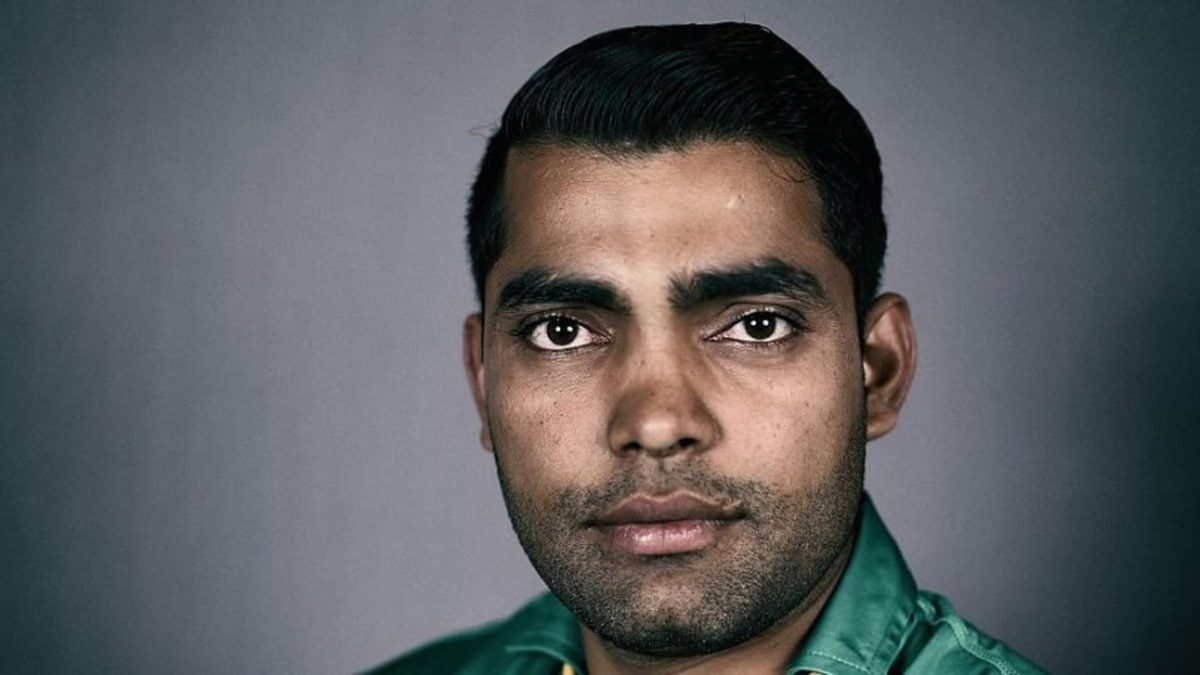
From prodigious talent to problem child, Umar Akmal’s story has been one of unfortunate decline. A look back at what’s been a tumultuous journey, with little clarity of what lies ahead.
It’s difficult to remember when Umar Akmal last turned out for Pakistan. In fact, ever since Pakistan’s 2015 World Cup campaign ended in March seven years ago, Umar Akmal has played a total of 10 ODIs. Somehow, he’s still Pakistan’s second-most capped one-day player in the period since his ODI debut in 2009. The first half of the previous decade showed us what Umar Akmal could promise. The second half was largely a hotchpotch of controversies and suspensions, bringing out his worst.
Looking back, it feels like it was lifetimes ago when a 20-year-old Akmal was being touted as Pakistan’s next big hope. After a typically ebullient 31-ball 64 against Australia in a 2010 T20I, coach Waqar Younis called him “probably the most talented cricketer I have seen in the past 15-20 years”. It definitely wasn’t one-off praise: in a Pakistan line-up looking at the future, Akmal’s snazzy strokeplay felt like a welcome fit.
Consistency and dependability, though, were features annoyingly absent as he went further, and there was always an air of uncertainty to it all. When Akmal hit his first ODI century in only his third game, it felt like he’d blaze out plenty more, but the second one didn’t come until 2014, and there have been none since.
His Test career never quite took off, despite a century and four fifties in his first seven Test innings, all away from home. In 16 out of his 30 Test innings, he failed to cross 30, and within two years, it was done and dusted.
In ODIs and T20Is, though, Akmal continued to appear, fuelled by the promise of his early brilliance, but carrying a heavy air of unpredictability along.
Plenty of Akmal’s early success had to do with how he fared in important games: in the 2011 World Cup, he was Pakistan’s second-highest run-getter, in the Asia Cups, he averages 51.00, he hit three crucial fifties across in the 2012 and 2014 editions of the T20 World Cup, including a brazen 54-ball 94 against Australia. It was also the reason why he made comebacks after long gaps, with the hope he’d click back into form.
For many, the early achievements are worth celebrating for years, but for Akmal, plaudits of the past are buried under a mountain of controversies. It’s an astonishing list of transgressions spread across Akmal’s twenties, and each one only made it frustratingly more evident that his career had drifted the wrong way.
Across the second half of his career, Akmal turned into Pakistan cricket’s ‘enfant terrible’, his on-field exploits rarely making headlines anymore. Initially, there were fake injury claims, and then in 2014, he was arrested for violating traffic rules, charges that included allegedly assaulting a traffic warden.
From there on, there was no dearth of misdemeanours: from allegations of “immoral activities” at parties to fines for late-night outingsand an alleged theatre brawl, a few of which resulted in him being dumped from the side, it only got worse. Fitness issues followed; in 2017, he was booted out of the Champions Trophy squad, eventually losing his central contract as well. By 2020, offences became more absurd: he was punished for “exposing himself” during a fitness test, and it all reached an unfortunate crescendo when he was suspended on charges of corruption, a three-year ban that was eventually reduced to 12 months.
By then, Akmal had drifted far away from even the fringes of Pakistan’s national team.
A decade after Younis’ words of praise, another head coach, Mickey Arthur said that Akmal would “go down in history as one Pakistan player who has underachieved”. The contrast of the two statements is enough to summarise where Akmal’s career has gone. A resurgent Pakistan team flourished without him, and the Champions Trophy win and the No.1 Test ranking paved the way for a side that had firmly decided to leave negativity and underperformance behind.
Having successfully slotted back into domestic cricket, he featured in the PSL in 2022, scoring 101 runs at 20.20 from five games, and striking at 174.13. He remains hopeful of returning to the national side, and while Pakistan has handed second lives to others in the past, it would be hard for them to welcome him back with open arms, especially in a setup that runs on the positivity and brilliance of players like Mohammad Rizwan and Shaheen Afridi. Runs can’t be ignored though, and if Akmal – who’s still 31 – is able to churn out big scores, he could surely be in discussions again. The question is: does he have it in him to put his head down and diligently score runs, or is a new controversy just around the corner? In a way, Akmal’s what-if story is a life lesson, of potential wasted and twenties drowning in indiscretion. Whether the Akmal in his thirties is wiser, or only a product of his past, will define what the concluding chapter of this tale is.








